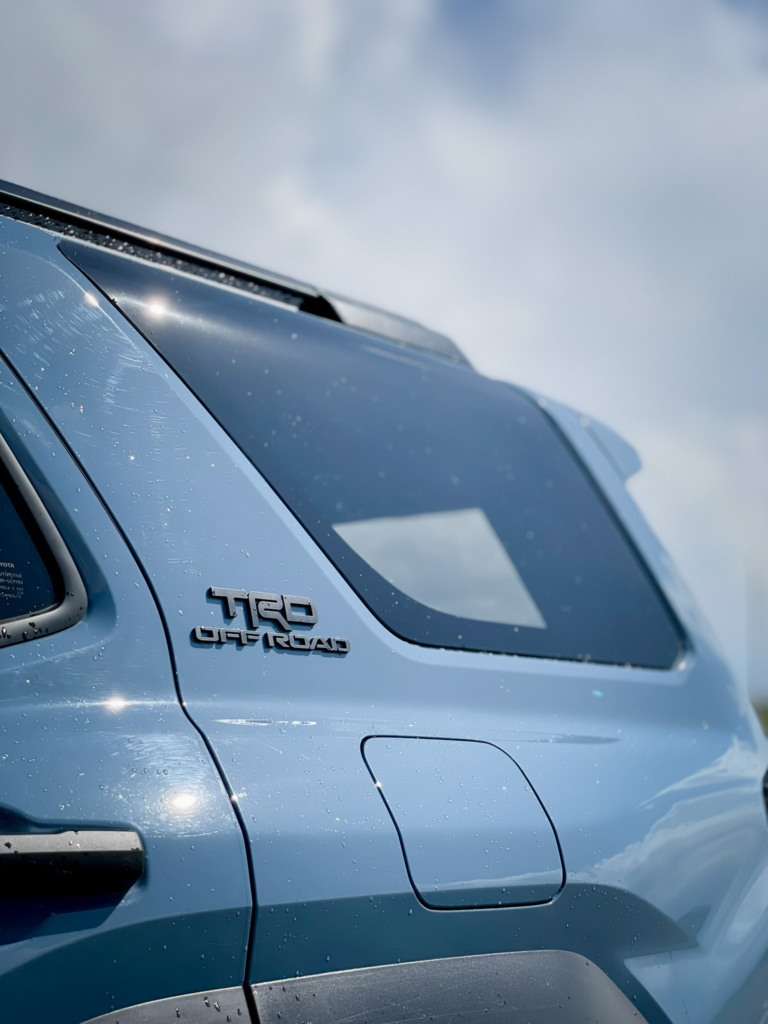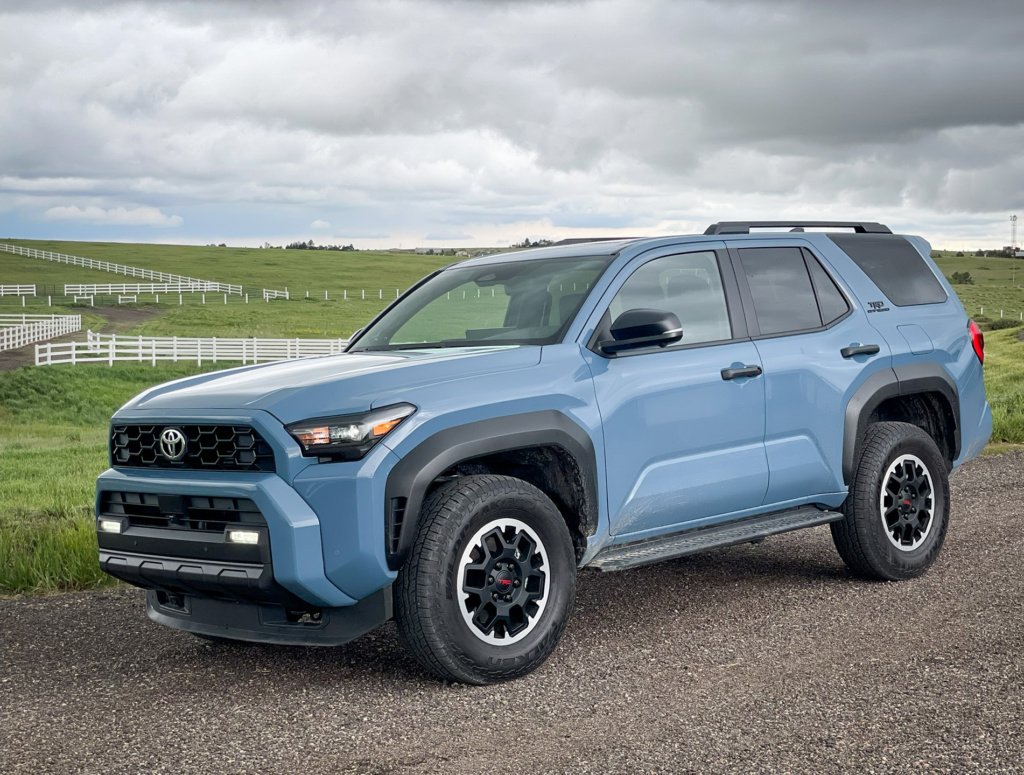
The new Toyota 4Runner provides exactly what the previous generation needed. And while the improvements are primarily aimed at on-road performance, the latest generation maintains the 4Runner tradition of always being ready for an off-road adventure.
The interior styling is just as chunky as before, and it feels appropriate for what this 4Runner is. However, the excessive amount of hard plastic touchpoints and surfaces, the blank buttons in plain daylight, and the less-than-sturdy center console may cause one to pause at the $60k price tag on this well-equipped (but not fully loaded) model.
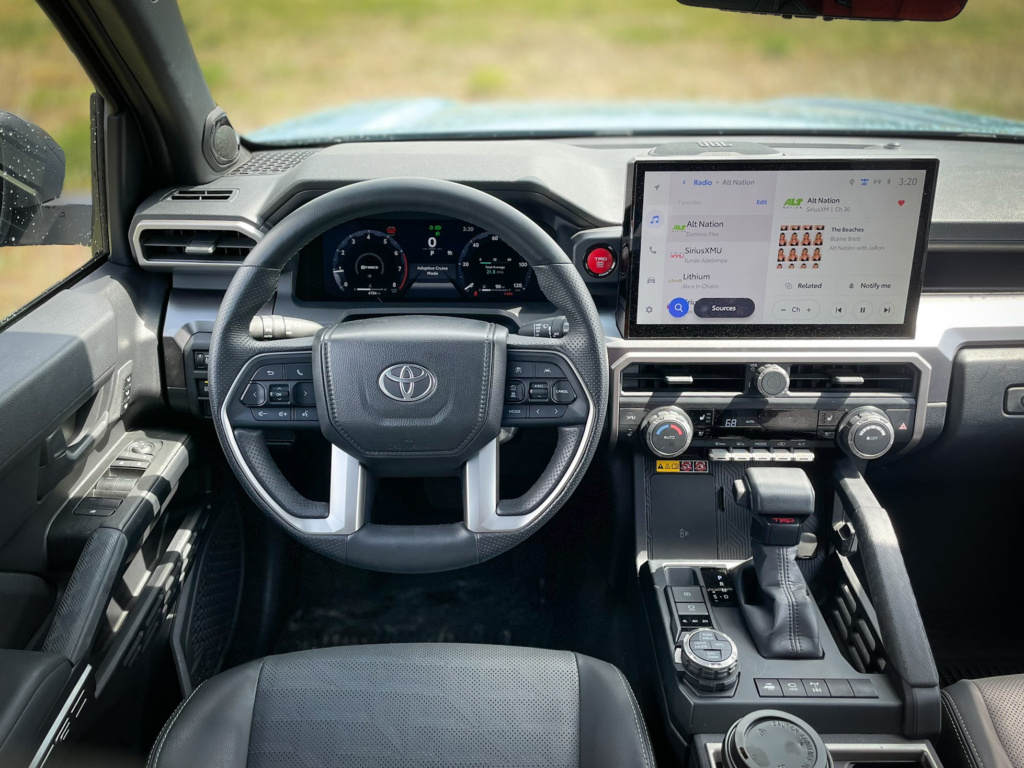
The digital gauge cluster and large infotainment touchscreen are among the highlights of the new generation’s interior spec sheet, providing a wide breadth of information and detailed images. Despite their impressive sizes, neither system delivers the most user-friendly menu pathway or layout – to be fair, this is a Toyota-wide frustration and not specific to the 4Runner team – and good luck accurately landing a finger press on the touchscreen while navigating anything less than a smooth road.
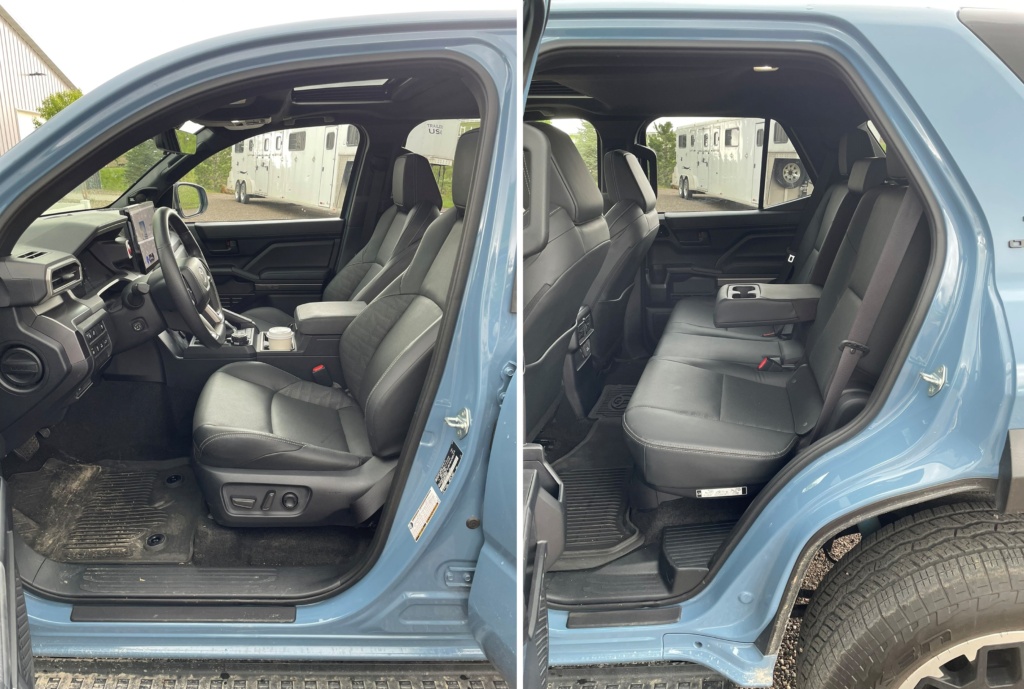
The interior is sufficiently spacious for four adults and all of the “gear” of the season. Getting in requires a reasonable hop up, while taller people relegated to the back are forced to deal with a low-hanging headliner (whose profile makes way for the sliding sunroof). The driver’s seat and steering wheel are supportively shaped and offer a good range of adjustability for ideal positions, whether off-road or on a long haul.
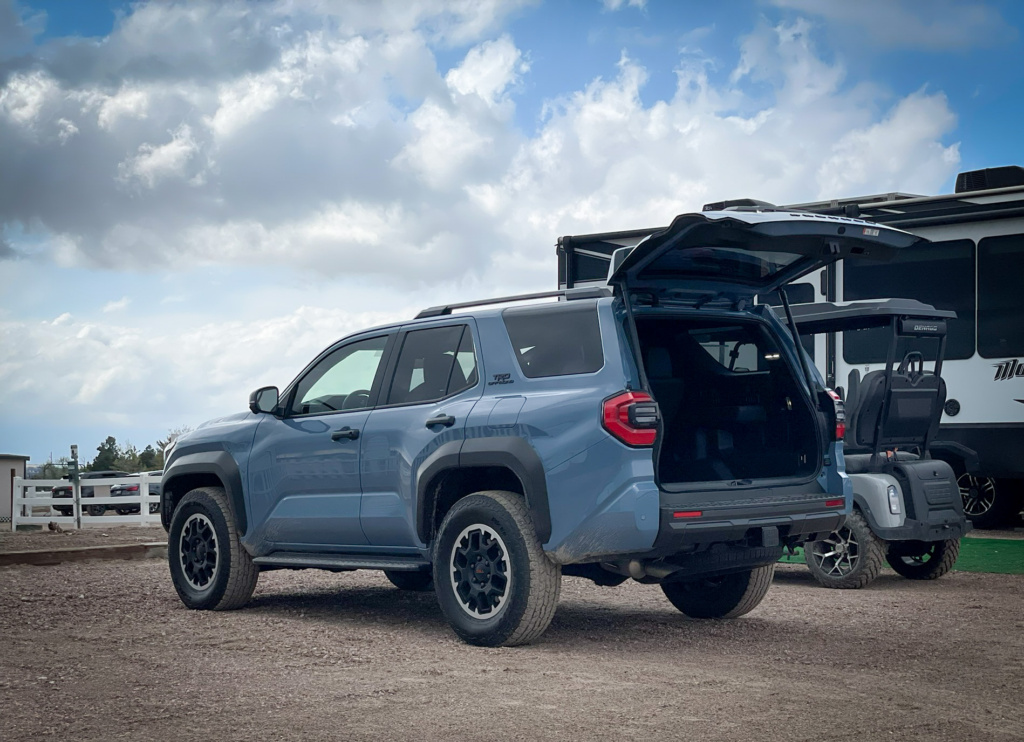
The 4Runner’s body control is much improved and not only helps the tall SUV perform admirably in stop-and-go traffic (something usually not noteworthy), but also enables a delightful sense of balance when pushed around mountain curves. That feeling is aided by the much-improved steering system that also delivers good straight-line stability and low-speed maneuverability and a braking system that provides feedback and can be modulated without concentrating. And as a bonus, the off-road essential Downhill Assist braking system no longer intensely hammers on the chassis when in use.
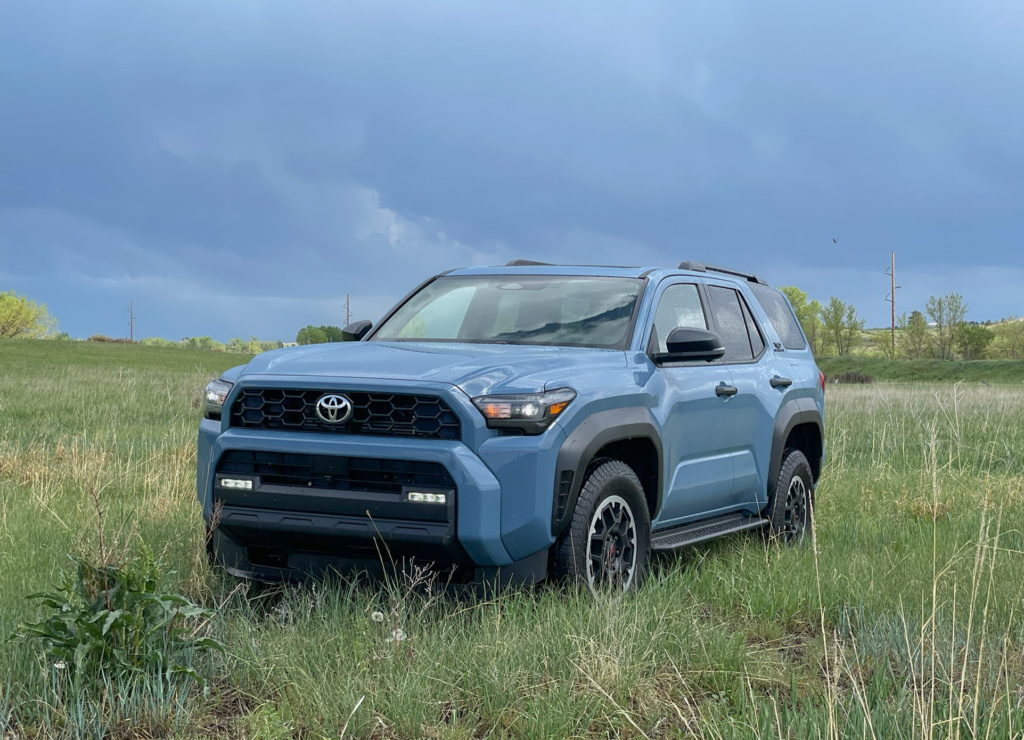
The large tires and long-travel suspension easily absorb dips and remove any impact harshness, whether on-road or off, and the 4Runner seems to almost beg for large bumps. However, the everyday highway imperfections will cause some minor (expected) cabin disruption.
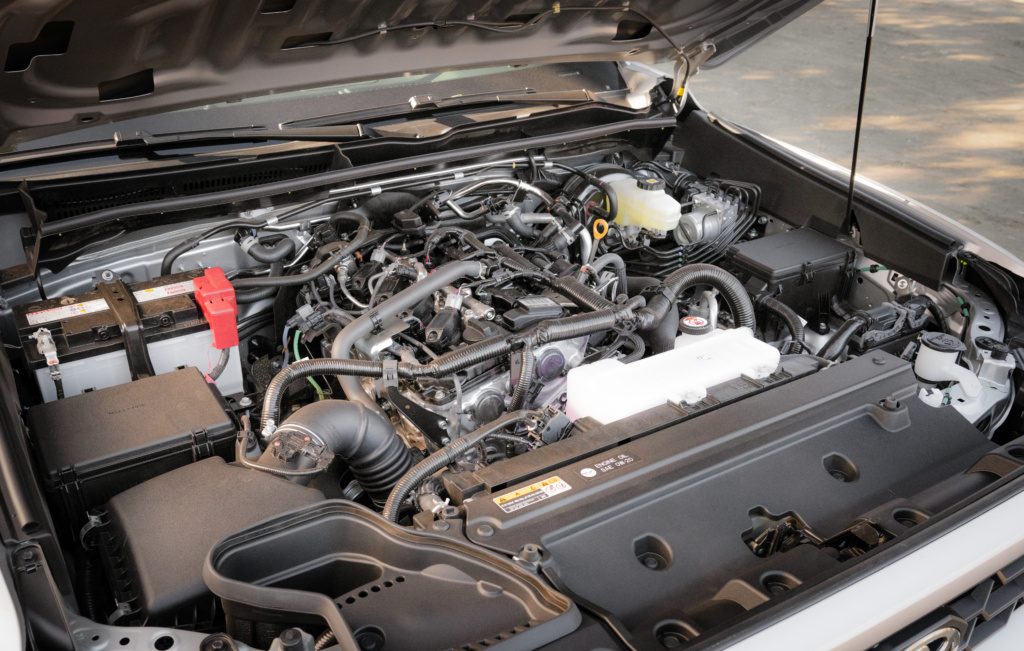
The more premium 4Runner trims offer a high-power hybrid system; however, the standard turbocharged four-cylinder engine (equipped in this example provided at no cost to Pilgrim Motor Press) feels fully up to the task of pushing this weighty and tall SUV around. Whether it’s slogging through everyday traffic or lazily cruising in top gear at posted-plus highway speeds, its dampened clatter from the high-pressure fuel system and distant whistle of the turbo’s compressed air add a friendly utilitarian soundtrack. And the eight-speed transmission is well suited to the engine’s low-RPM power curve and is smart enough to keep from being caught off-guard, making this a very well-sorted powertrain.
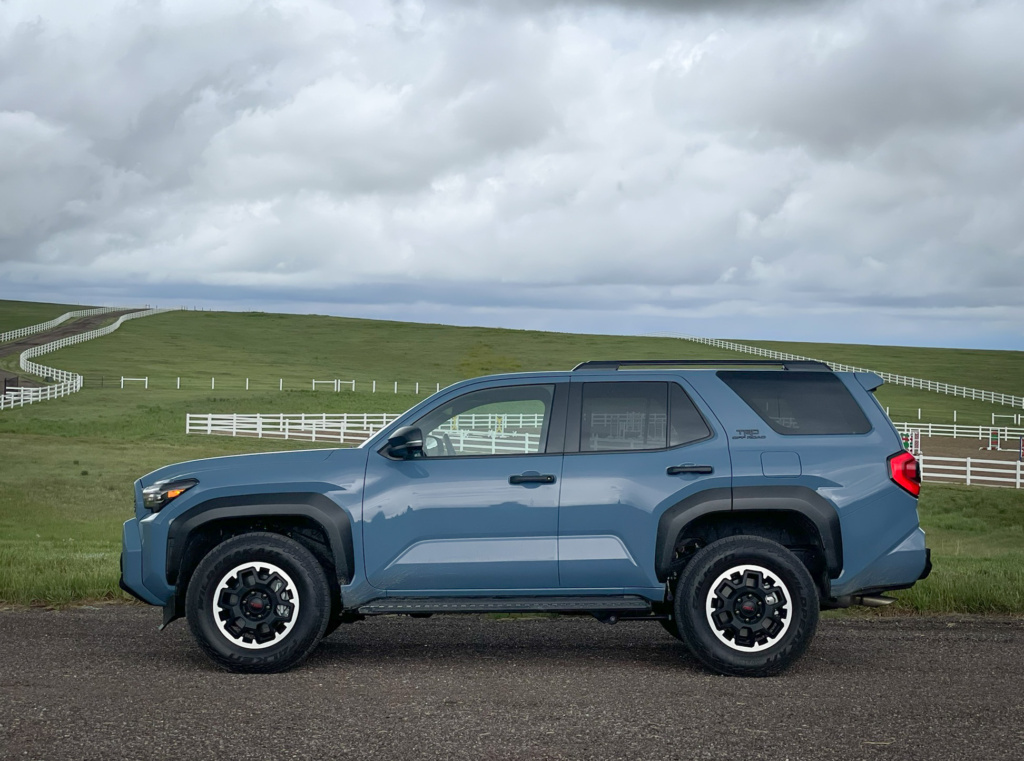
As before, the 4Runner utilizes a part-time four-wheel-drive system (all-wheel drive is offered on the Limited and Platinum trims) and sadly takes the time-honored four-wheel drive lever and the easy-to-use roof-mounted drive setting knobs, and consolidates them to a multi-function knob on the console that, unfortunately, feels part safety bottle cap, part key pad, and entirely driven by a cost-reduction initiative. It’s functional, but it is not as appealing as before.
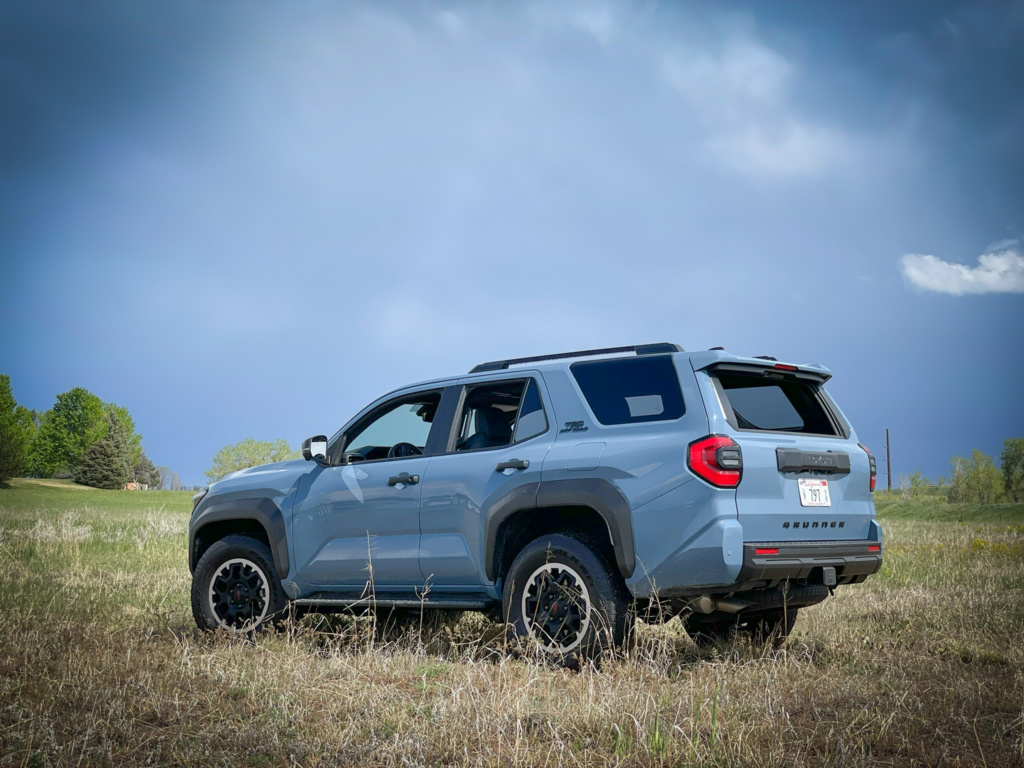
The 4Runner is an unmistakable continuation of the generations before, even with the newfound (and modern-world essential) on-road skills and attributes. Its retained bias toward off-road capability and durability will keep it out of the mainstream market, and its basic material quality keeps it from up-market off-roaders (such as the Land Cruiser), but for those who find their priorities align with the 4Runner’s straightforward nature, get ready to be impressed.
